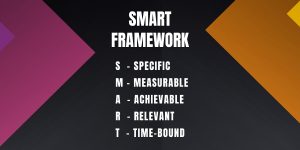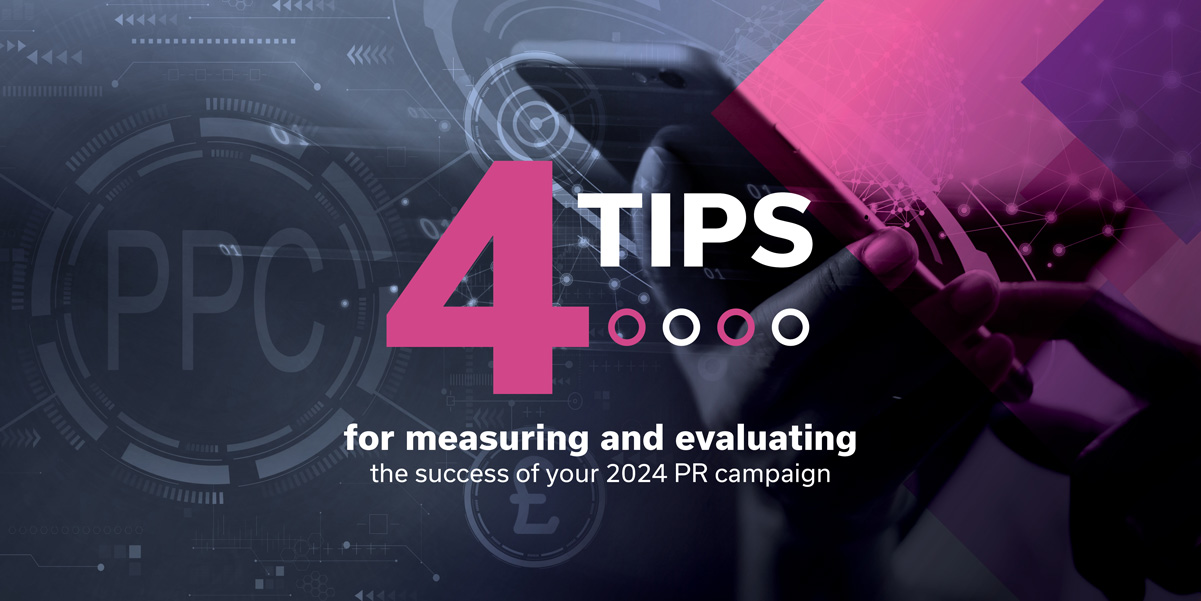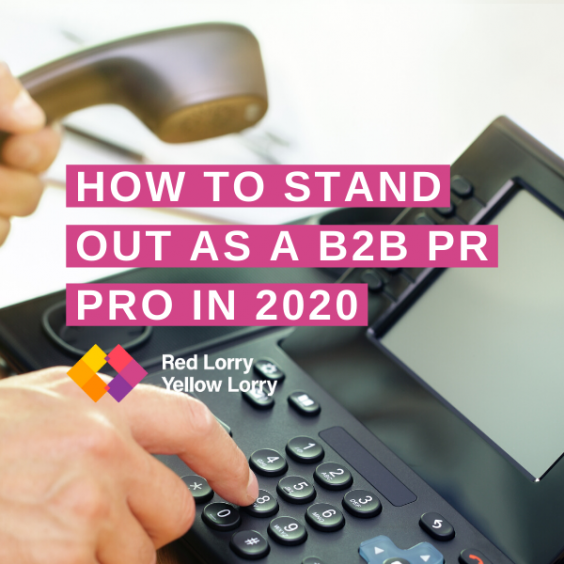PR is a discipline that has long defied ‘measurability’. Even the simple idea of aligning efforts and outputs to bottom dollar has baffled the sharpest PR minds – and spurred numerous self-claimed ‘secret formulas’.
Some professionals play by the book, with PR measurement guides from two of our most significant industry associations in the UK, CIPR and PRCA. While others still remember AMEC’s ‘Integrated Evaluation Framework’ or the Barcelona Principles. I’ve been in PR for seven years, but in that short span, I haven’t walked into a room where the question “how do we measure this?” had a straightforward, clear-cut answer (at least not right away).
But I think that’s the beauty of PR. There’s no one-size-fits-all solution for measuring the success of our clients’ campaigns. Each brand must decide on the metrics that matter most to them and devise a tailored strategy accordingly.
On this occasion, I’ve asked Steve Loynes, ex-PR agency head and current marketing lead at Element, for his perspective and to explain how campaign measurement and PR evaluation play both sides of the aisle.
With that in mind, here are four tried-and-tested tips…
1. Define your objectives
The first question I ask clients before starting any project is, “What do you want to achieve?” And I follow up their answer by asking “Why?” at least three more times! I know this ‘curious toddler’ approach might seem odd, but it’s not uncommon for companies to set misguided objectives or vague goals that are inherently difficult to quantify.
You’d be surprised to learn how many clients respond with, “Get us into [insert famous publication]” when asked about their goals. Sometimes, that’s a valid response. However, 99% of the time, it’s notably better to tie PR objectives to a brand’s wider business goals. With this questioning method, I’m able to work with the team to narrow down the most important (and impactful) elements of a campaign.
If you’re struggling to set objectives in your PR evaluation, it can help to follow the SMART framework. You might already use this in other areas of the business – but might not yet have applied to PR!

Consider the below example:
Business goal: Position internal experts as go-to thought leaders in the industry
- Specific: Make your vision crystal clear. Instead of “get media coverage”, define the who, what, where, and why of your strategy. Decide who your key experts are, what topic they’re specialising in, where to focus your coverage and why these decisions will be beneficial to your end goal (a lot of it comes down to the why part).
- Measurable: Now comes the hard part. Work out the best way to measure progress. Don’t rely on vague “positive sentiment” metrics like impressions (we’ll get more into that later). Thought leadership can be measured through secured coverage, interviews and conferences, or monitored through website traffic, driven in part by thought leadership placements in key publications.
- Achievable: It’s important to be ambitious but stay grounded. Set realistic targets based on your company’s previous performance. An attainable goal could be to secure 5 thought leadership articles and receive an inbound journalist request. Note: it’s okay if things don’t work the first time you put your brand out there – this is why taking small steps initially will help make your campaign a success in the long term.
- Relevant: Make sure your short-term objectives align with your bigger goals. For example, with inbound media requests, journalists voluntarily seeking out your experts’ opinions directly demonstrates the impact of these positioning efforts.
- Time-bound: Setting deadlines for a well-defined plan makes the approach systematic, putting accountability and urgency into your business goals. For instance, aim to secure 5 thought leadership articles within the next quarter. This also ties back to the achievable part – how long will it take for my campaign to be successful? The answer, practised by true practitioners, is that PR is a long-term game.
Steve: “I still remember SMART being the core framework for defining objectives and, funny enough, I still use it today. To give you an inside view, our marketing plan has concise objectives that force us to focus. Our core metric for PR looks at competitor share of voice (SOV) benchmarked across tier 1 and tier 2 media; one for each of our English and German speaking markets. Tier 1 and 2 media are listed to ensure the coverage we secure reaches our ICP audience. At the CMO dashboard level, PR has just that one metric. It means PR is a core activity and a top priority, that extends all the way up to the boardroom.”
2. Beware of vanity metrics
It’s time to take off those rose-tinted glasses and look at the cold, hard facts.
The bane of PR success, vanity metrics are quantifiable measurements that look pretty on the surface but don’t necessarily translate into anything that’s valuable to the business or its targets.
All too often, companies will home in on meaningless metrics — the most common culprit being impressions. While these numbers may suggest success, the reality is that you can have thousands of impressions that make no real impact. They paint a sunny perspective of reach, but there’s no merit in just seeing. Users need to engage meaningfully for it to be worth celebrating.
But how do you differentiate the ego-boost metrics from the ones that matter? Here are a few examples to help:
Don’t matter
- Followers: A high follower count across your social media accounts can feel rewarding, but are these followers relevant to your brand or actively engaged with the content? How many are bots?
- Open rates: While opening emails and texts is a step in the right direction, it doesn’t necessarily tell the whole story. Instead, look at click-through rates and conversions to see if your message resonates and drives action.
Do matter
- Share of Voice: This measures the proportion of brand mentions a company receives compared to its competitors in the media.
- Time spent on page: Users that stick around longer are more likely to be meaningfully engaged in your content and, ultimately, buy into your offering.
- Bounce rates: This tells you how many visitors leave your site after viewing one page. The lower the bounce rate, the better the engagement.
Simply ask yourself, “Does this just make us look good or does this actually fulfil the objective? If so, how?” This should help you quickly understand what really makes a difference.
Steve: “I couldn’t agree more, but something magical happens when you have outstandingly great media coverage — multiple copies tend to show up everywhere! But, in terms of building a pipeline, we track back from what success looks like. I’m aware that no one can perfect this, but we start by spotting familiar touchpoints that ignite a successful journey from prospect to customer and focus on those important interactions. Right now, we’re putting that in place for the entire “bowtie”, rather than just initial demand-gen.”
3. Understand that not everything can be measured (and that’s okay)
When it comes to something as abstract as creativity — which is PR at its core — it’s not always possible to quantify its value. By its very nature, its impact goes beyond the confines of numerical assessment. The heart of engaging PR lies in fresh perspectives — whether that be putting your own spin on old tricks or pulling brand-new ideas out of the hat.
While out-there ideas may initially pose a risk to your PR campaign, it’s important to refrain from meeting these concepts with an immediate “no”. Instead, view them as opportunities for innovation. When you really think about it, who remembers a brand for doing the same thing as every other company? It’s the ones who pave a new path that stand out the most.
So, don’t let a lack of past data hold you back. Remember, just because something hasn’t been done before doesn’t mean it won’t work; it just means you’re making something new. And while that is a risk, the rewards can be much greater.

Steve: “We need to remember that marketing is a very broad function. Strategy and science are in vogue, which is a result of it being easier to control, with greater appreciation for martech and third-party profitability. Creativity – and within that PR – carries with it far more tradecraft; dare I say things so unscientific as judgement, experience or even gut instinct come into play. Having a CEO that ‘gets it’ goes a long way too as there’s an appreciation for intangible value that other c-suite like CFOs can struggle to quantify. I’m fortunate to work with both a CEO and CFO that understand not everything can be measured down to a tee.”
4. Don’t just sit on data, use it to continually refine your tactics
The value of data goes way beyond collection and analysis. It requires meticulous interrogation and continuous action to unfold its full potential. Data is arguably to most essential tool to refining your tactics, letting you successfully engage ever-changing audiences.
However, it’s crucial to avoid getting tactics confused with strategy. The difference is clear:
Strategy = The act of choosing a course of action.
Tactics = The execution of those actions.
Unlike tactics, strategy isn’t something that’s tangible. It’s a conceptual framework that guides decision-making on a broader scale, typically encompassing the over-arching vision of where the organisation is headed. Once a strategy is set, although it can change, it shouldn’t change too often. Whereas tactics can be in flux and adapt to support your strategy.
To be crystal clear, here’s a quick example:
Strategy: Boost brand visibility in target markets and establish the business as a formidable competitor against [XYZ].
Tactics used to execute this strategy: Create a thought leadership campaign aimed at top-tier publications, build a targeted PPC campaign and conduct a research study to promote media presence and industry authority.
While tactics should be updated on an ongoing basis, also bear in mind that strategy needs time to breathe. Once you set an annual PR strategy, fight the instinct to tear it up if you don’t see immediate results after Q1. Instead, consider how you can use the data you’ve gathered so far to adapt and evolve your tactics for a stronger impact.
Steve: “There’s just so much data; it’s important to be ruthless in what actually matters. It’s also vital to fairly delineate which metrics apply to which function. At what point does PR’s responsibility start and stop? Likewise, marketing, sales development, sales, customer success; the list goes on. PR is far easier to measure, but context is key. For example, there’s less German language media than English language media. So, expecting the same volume of coverage for the same retainer in both markets is foolhardy. There are some brilliant agencies in Portugal for example, but the media market is just too small for a comparative volume metric.”
“My top tip with PR – especially if you’re responsible for it across a region – is to have reports as close to real time as possible. The various country managers will always claim they are the poor cousin but whipping out a live share of voice (assuming it’s positive) wins you the argument every time. Not just because of the results, but because you’re on top of the results.”
The bottom line
The blend of metrics and qualitative analysis is key to measuring impact, simple. If you’re leaning too heavy one way, you potentially lose sight of your original objective. Metrics have a place in the overall PR evaluation/measurement framework, but in 2024, it’s critical that all data a PR campaign produces, ultimately informs the strategy. And with that, actionable strategies that achieve larger business goals.
Steve: “PR is such a powerful tool in the marketing mix; decent journalism brings with it the positives of objectivity, credibility and context. It’s also the most nimble and impactful way of communicating. I’m all for meaningful PR measurement, but whatever the metrics, they are just a dial or two on the overall CMO dashboard. Nothing on that dashboard has the same impact as a positive article in The Economist, FT or the BBC. Measurement and focus is vital, but never forget that PR’s true power lies within its ability to generate the unarguable thud factor of landmark coverage.”




